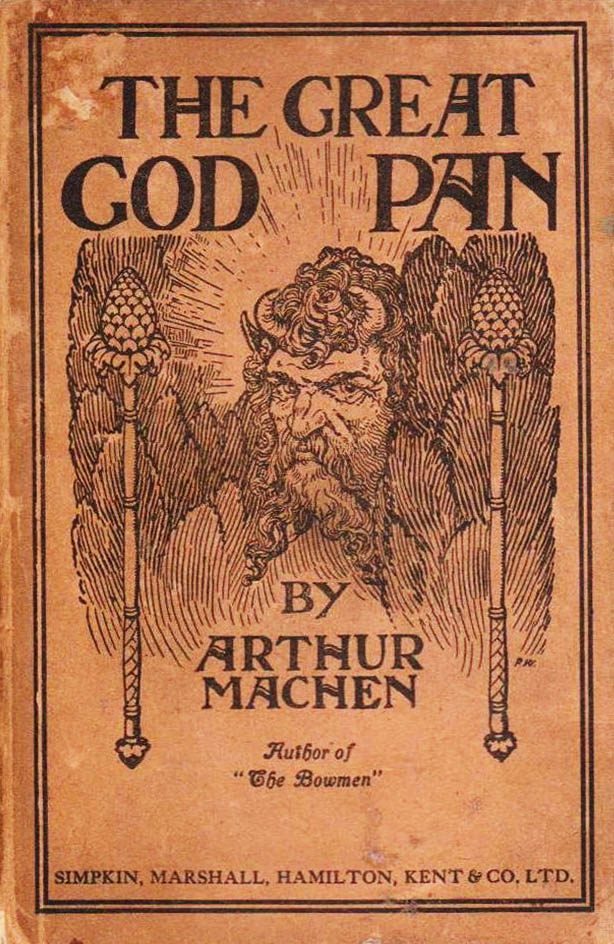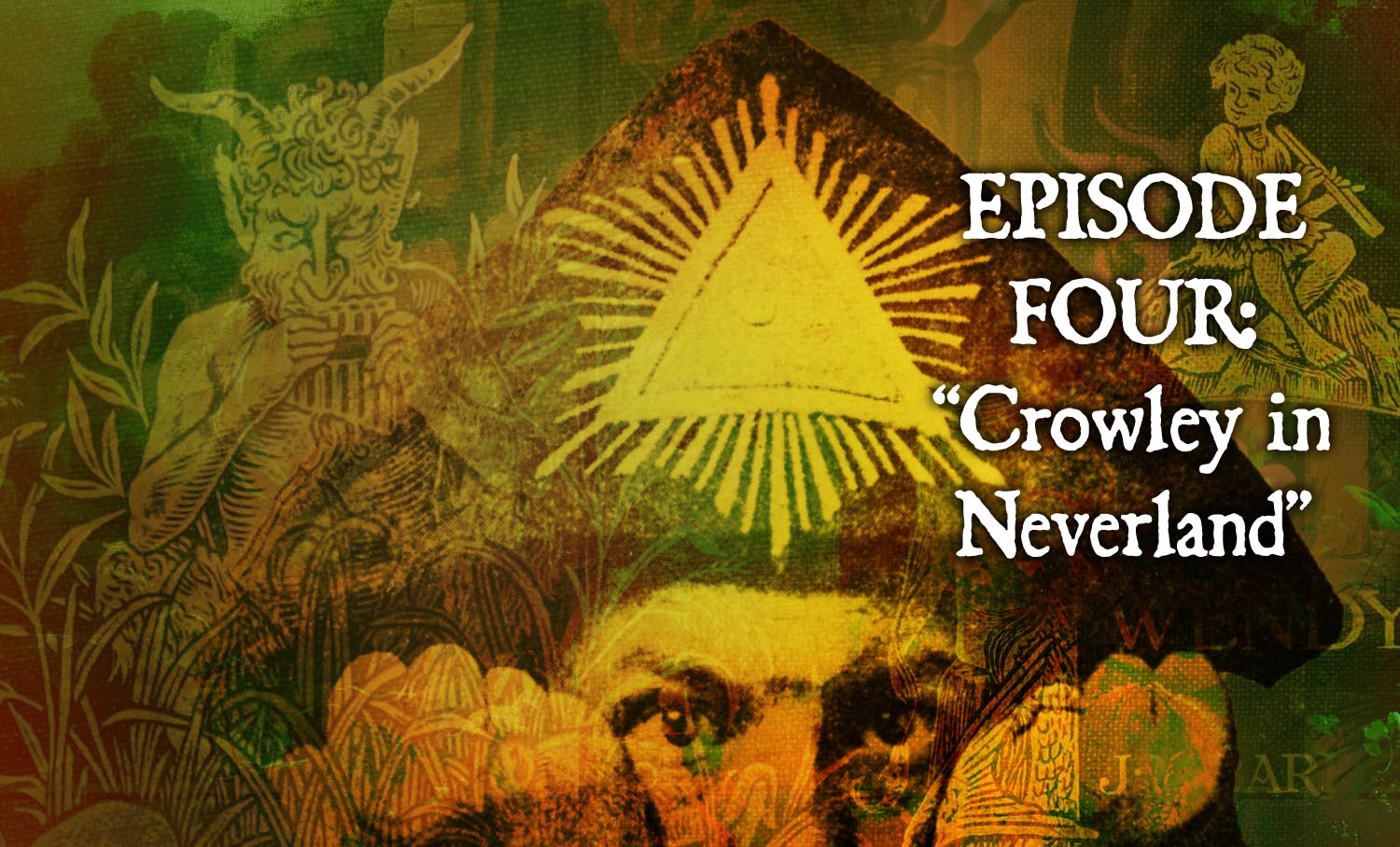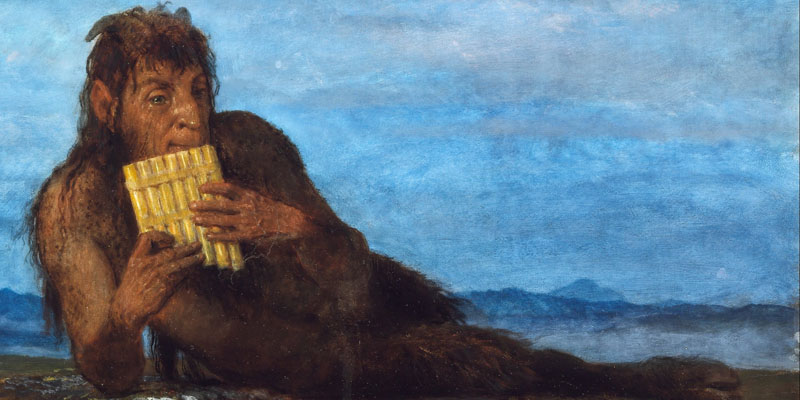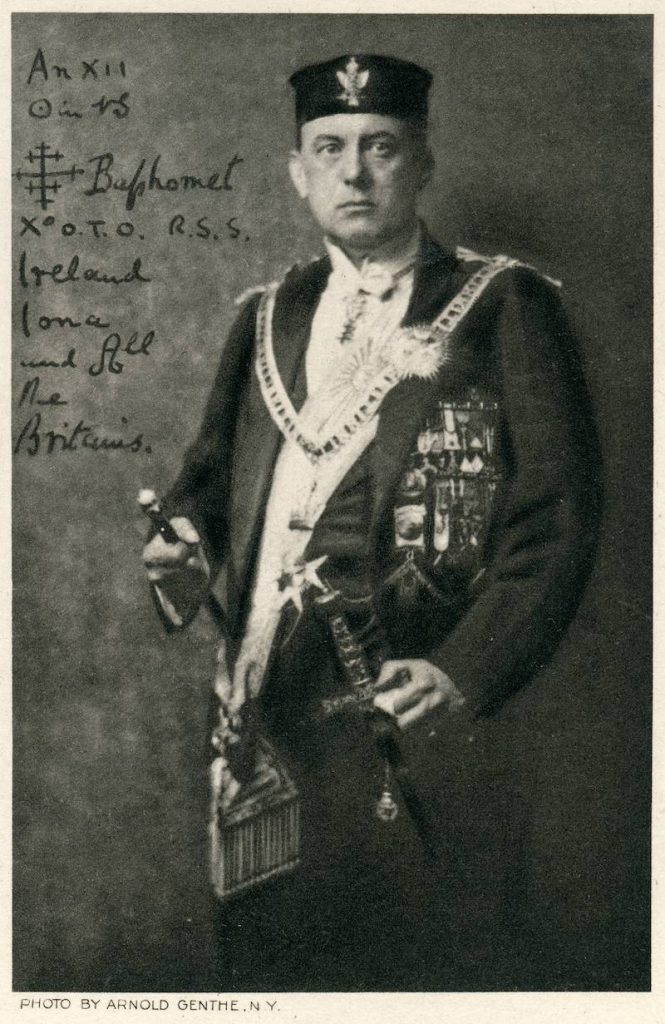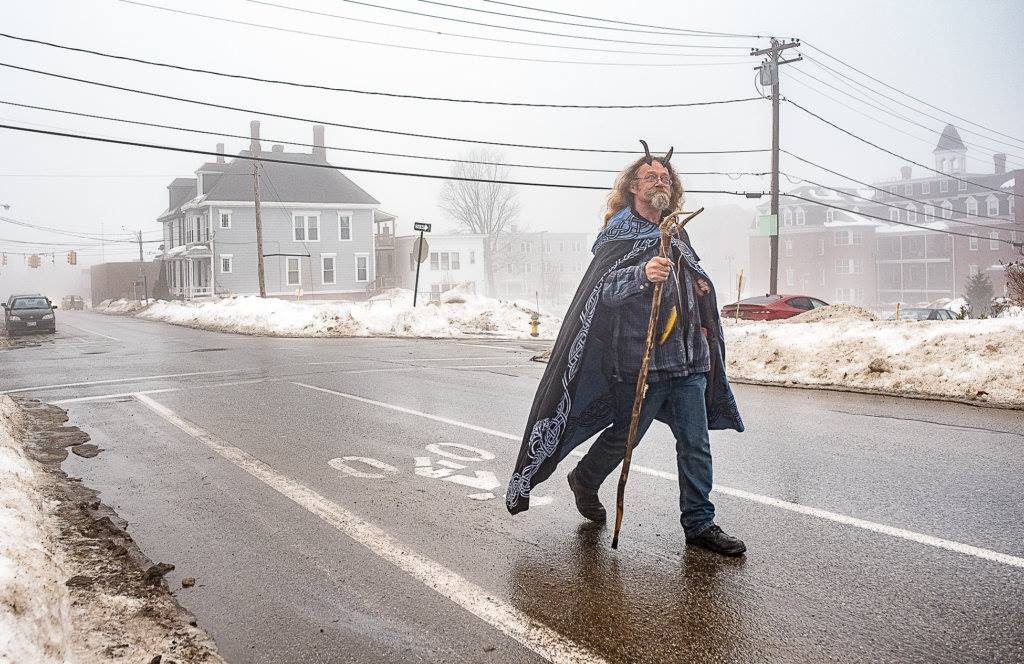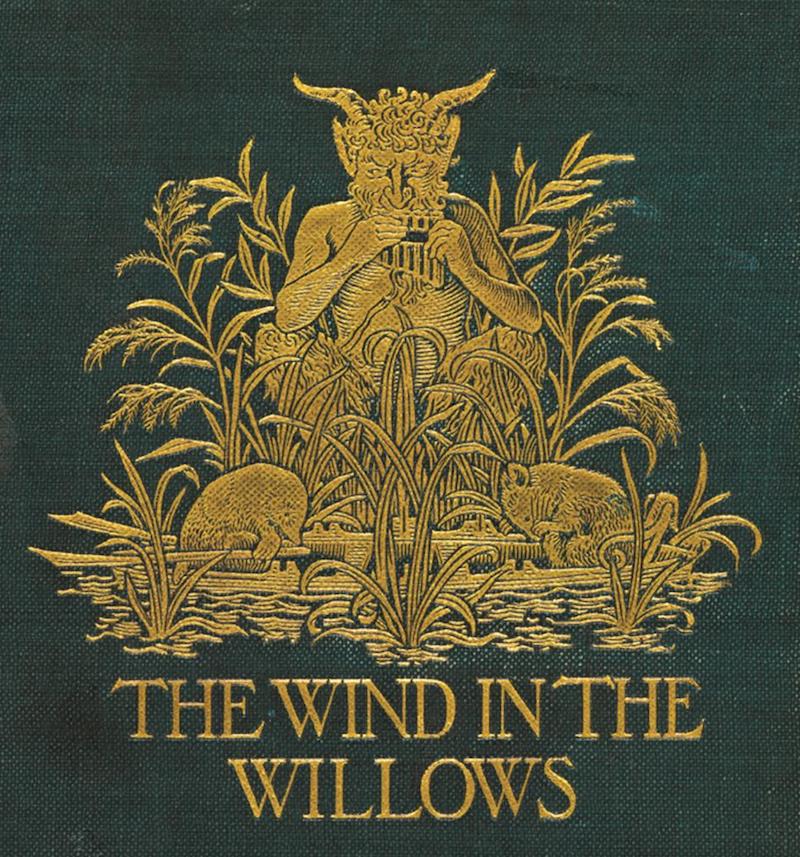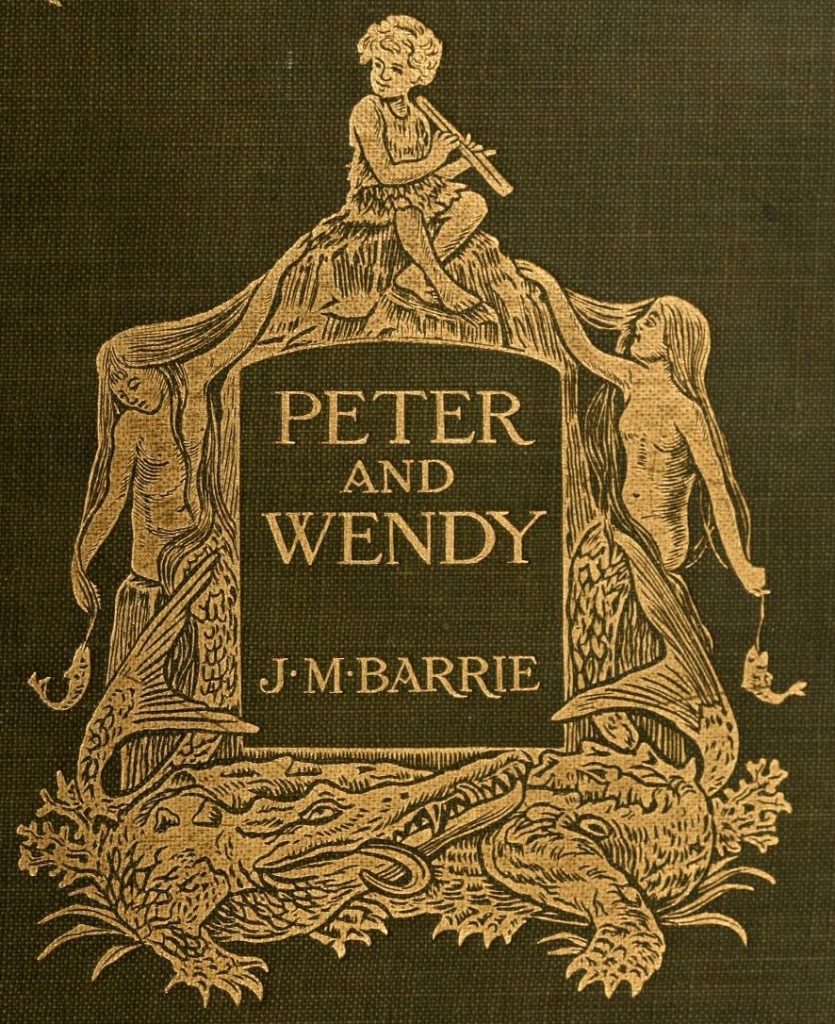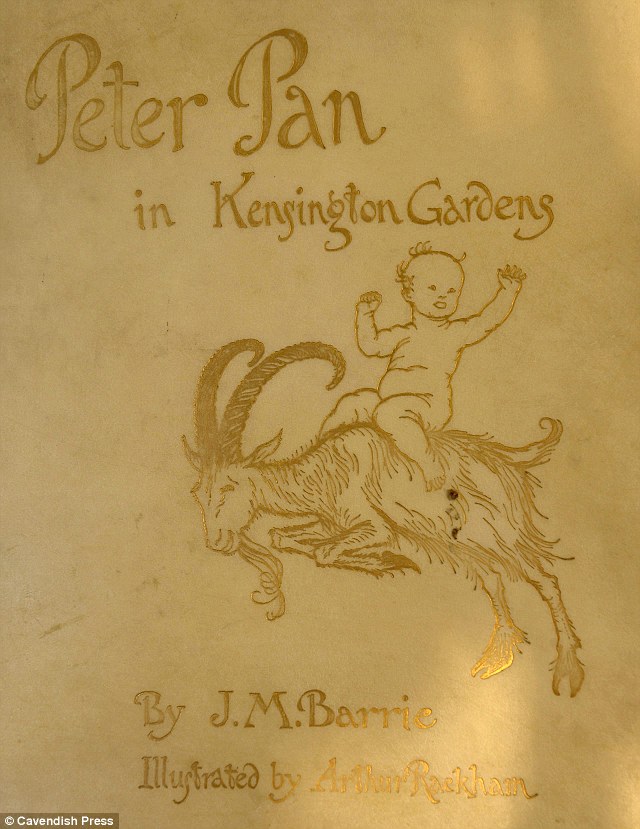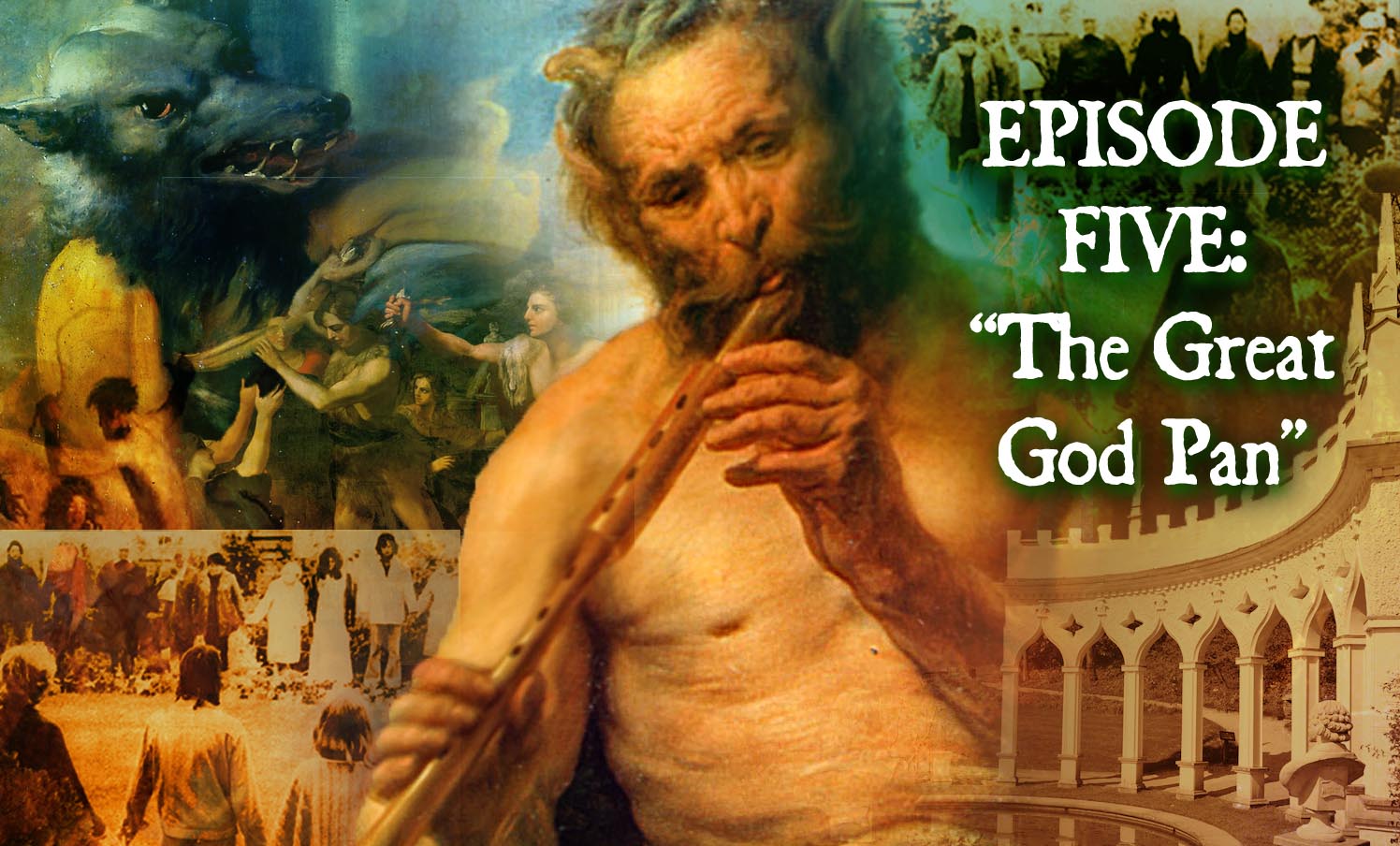
Episode 5: The Great God Pan
Podcast: Play in new window | Download (Duration: 36:34 — 33.5MB)
Subscribe: Apple Podcasts | Spotify | Android | Podchaser | RSS | More
We follow our previous episode on the god Pan with a second this week, delving even deeper into the creative and bizarre ways the figure has been embraced after his much publicized “death.”
Our first several minutes are devoted to literary explorations of Pan in the decades around World War I. Naturally we examine only writers providing the more fantastic or horrific examples, including the creator of the high fantasy genre Anglo-Irish writer Edward John Moreton Drax Plunkett, the 18th Baron Dunsany (aka Lord Dunsany). In The Blessings of Pan, he imagines ancient rites to Pan resurrected in the England of his day. If you like what you hear, you might want to have listen to another one of his stories narrated by Vincent Price here.
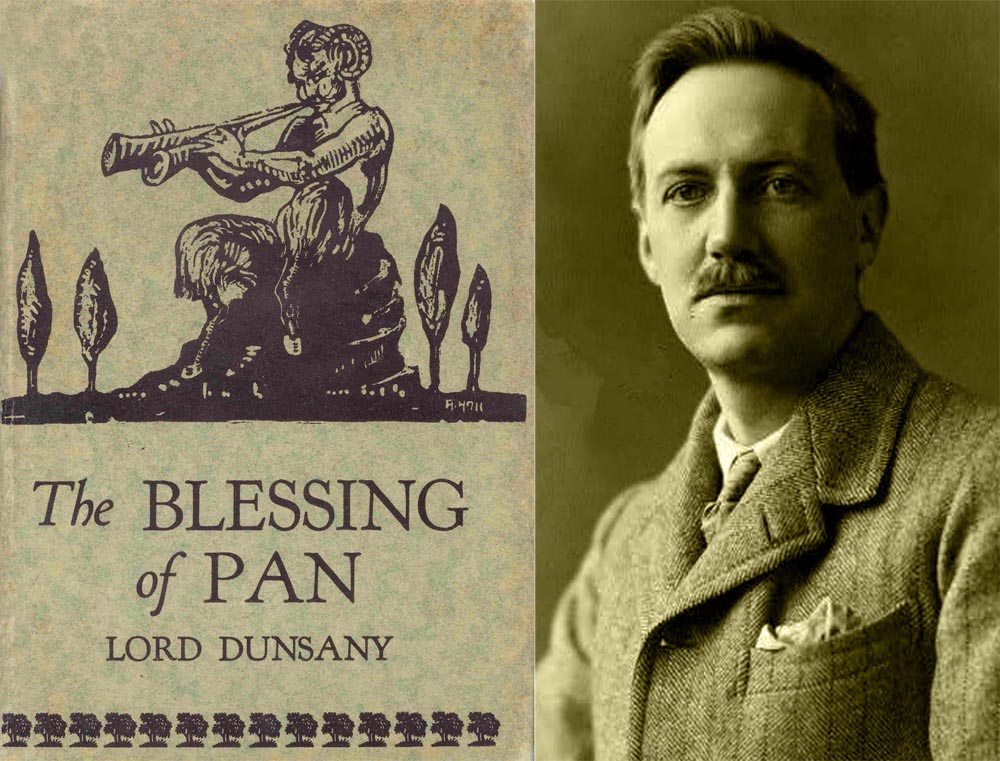
Wilkinson also provides us a reading from “The Music on the Hill,” by writer Hector Munro, who wrote under the name “Saki”. There is a spoiler in the reading, but it’s pleasingly grisly. We make up for the spoilage by providing you this additional unsettling, darkly comic (to us) story by Saki, one in which a defiant young boy decides to provoke his caretaker by creating a religion around his ferret, whom he names “Sredni Vashtar.” As it turns out, the ferret proves to be a dreadfully vindictive god.
But I digress.
As it turns out, the idea of a return to pagan Pan worship in the Christian era written about by Dunsany and others, may be more than simply a matter of fiction. Our next segment deals with such a case. In 18th-century England, in the town of Painswick, England, a member of the gentry, one Benjamin Hyett, was known to have built “an Arcadian retreat” featuring a building known as “Pan’s Lodge.” You can have a look here at a contemporaneous painting of the lodge grounds and Hyett’s statue (one of two — the other met a curious fate).
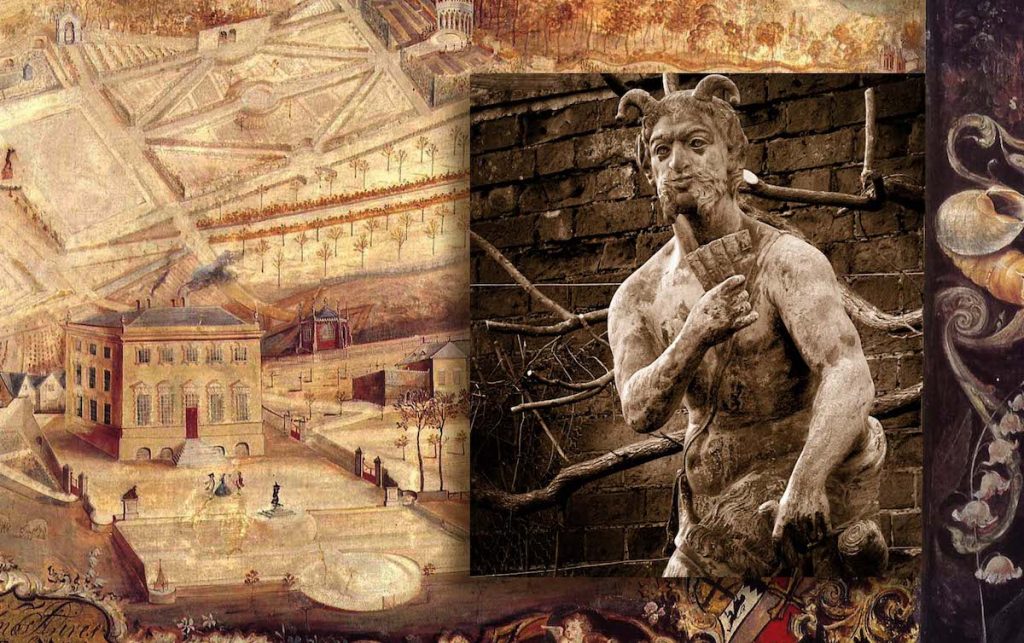
Hyett eventually brought the entire community around to join in these rites to Pan. The story grows more complex and curious as these rites are resurrected roughly a century later by a priest who, as we learn, had some intriguing notions about their meaning and origin. Entangled within this story are other local oddities of Painswick culture, including a dish known as “Puppy Dog Pie,” and a practice known as “clipping the church” or “church clipping,” in which members of the congregation join hands and perambulate their place of worship.

Somehow we then arrive at the topic of Lupercalia, the Roman festival involving priests dressed in nothing chasing the Roman woman through the streets with whips. Oddly enough this topic brings us back to Arcadia, home of Pan.

Lupercalia brings us to some interesting myths and tales related to the Arcadian festival Lykaia and King Lycaon, whom Zeus transformed into a wolf (history’s first werewolf, some would say.) Find out what loathsome act drove Zeus to take this action as Wilkinson provides another excellent reading from Ovid.
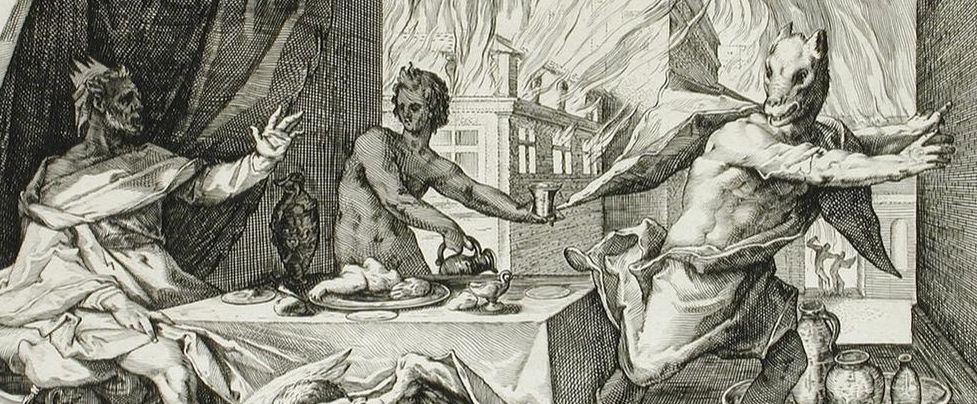
A bit more ancient Greek werewolf lore, a ghastly story about Pan and his ill-fated pursuit of the nymph Echo, and we end up — of all places — on Summerisle, that is, talking again about The Wicker Man, as we are wont to do. Somehow, the Wicker Man leads us back to Pan. You’l have to just trust me on this.
Benjamin Hyett, was not alone in resurrecting the notion of Pan worship. We find religious devotion to Pan and other pagan nature spirits (as well as inexplicably thriving vegetables) at Northern Scotland’s Findhorn Community. Some clips from a 1973 BBC show make clear their roots in the hippy culture of the era, giving us a bit of background before we meet Findhorn’s primary acolyte of Pan, Robert Ogilvie Crombie (aka ROC). His encounters with Pan in 1970s Edinburgh bring up an interesting point about the difficulties of directly encountering Pan. And naturally, this brings us to our next and final topic.
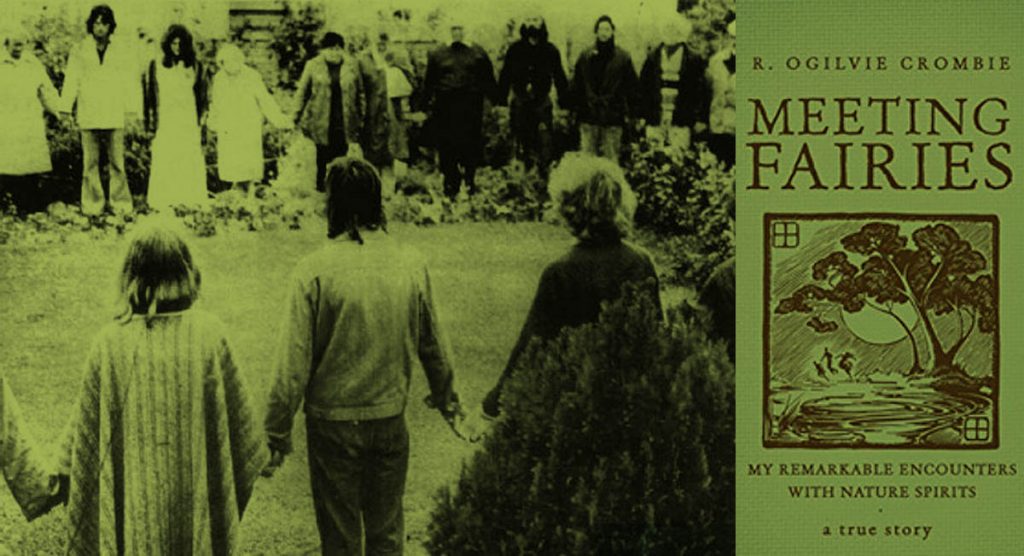
Arthur Machen’s 1890 horror novel, The Great God Pan was highly influential not only to Lovecraft, but other writers in his circle, and in general on the genre variously identified as “weird fiction” or “cosmic horror.” Neil Gaiman, Guillermo Del Toro, and Arthur C. Clarke have all praised the story. Stephen King has called it “one of the best horror stories ever written. Maybe the best in the English language.”
Once again Wilkinson provides a couple readings of wonderfully morbid passages from the book complete with the usual Bone and Sickle audio ambiance.
We go out with the song “The Great God Pan” from the soundtrack to Mondo Hollywood, a 1967 a documentary in the “mondo” style presenting a mix of LA celebrities and countercultural oddballs, heavy on the oddballs.
